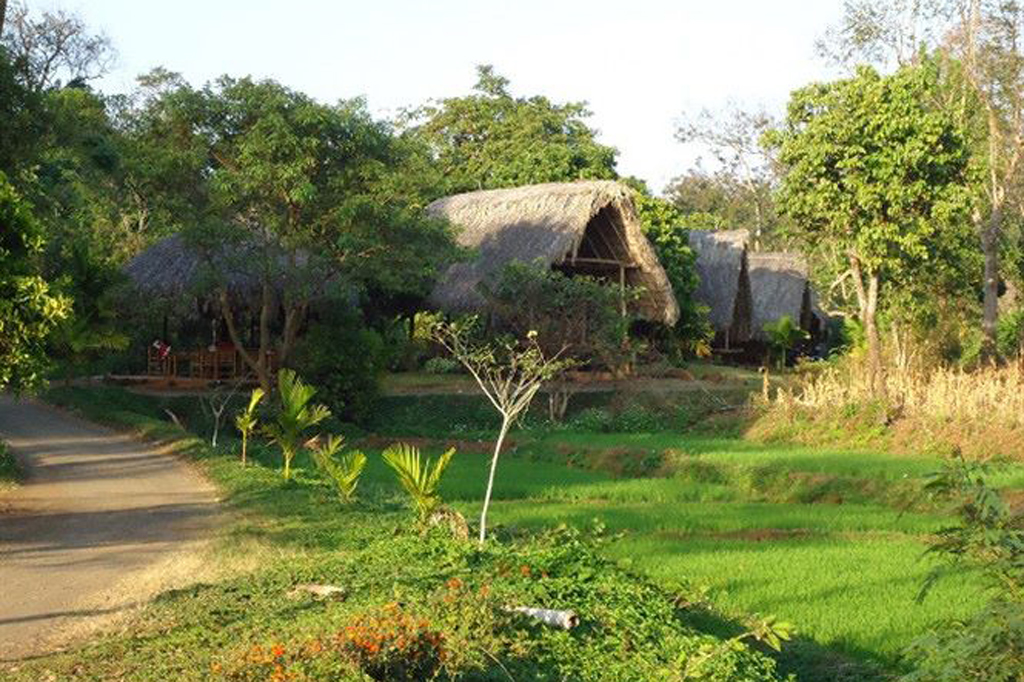
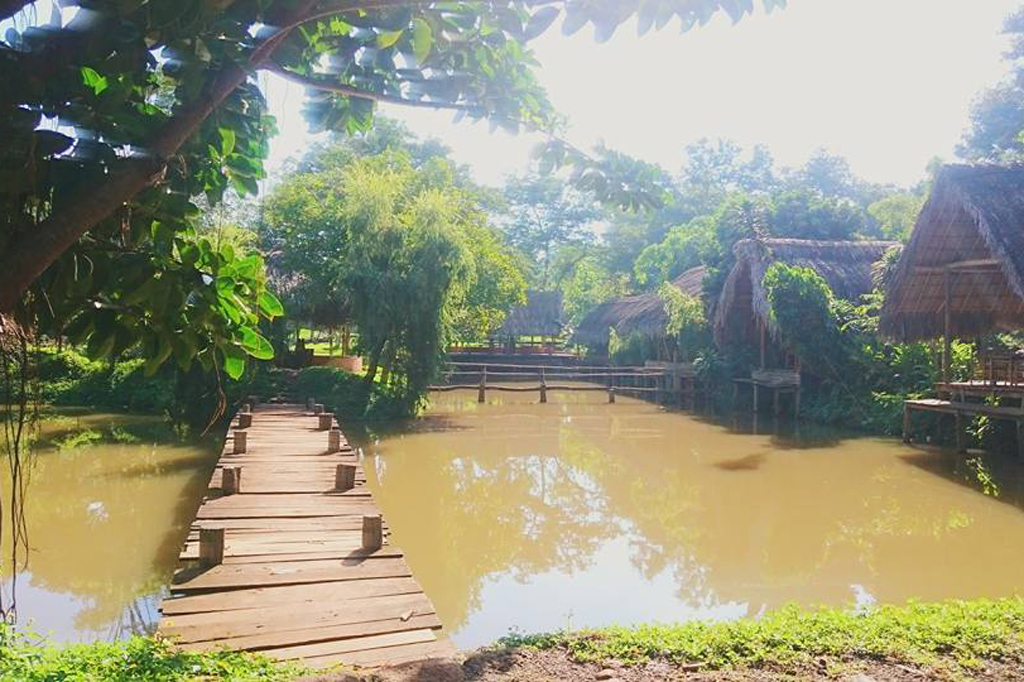
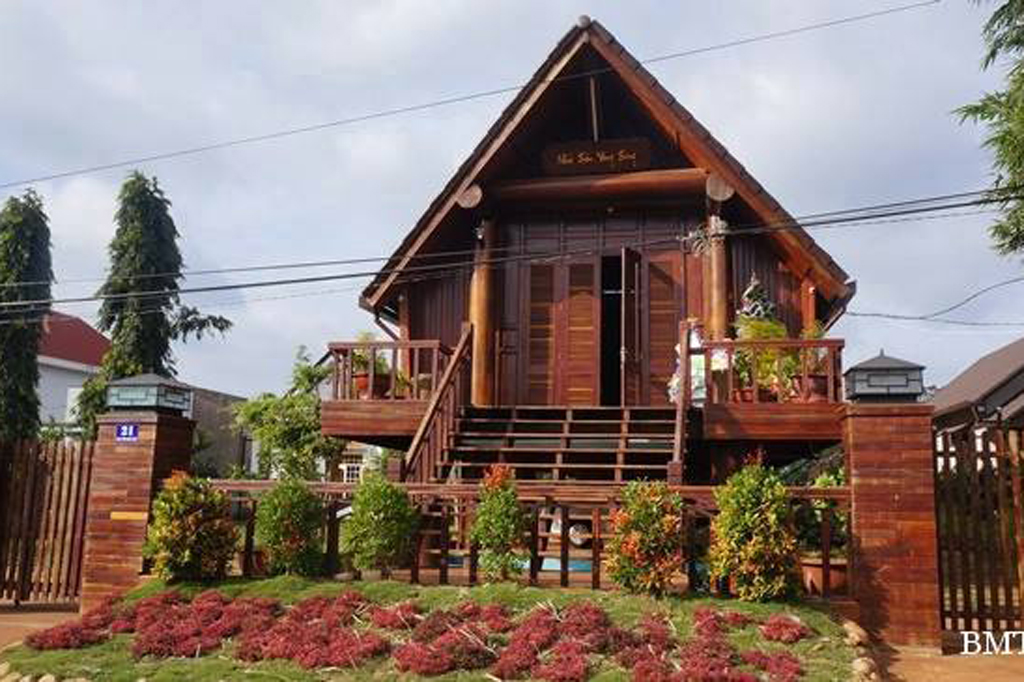
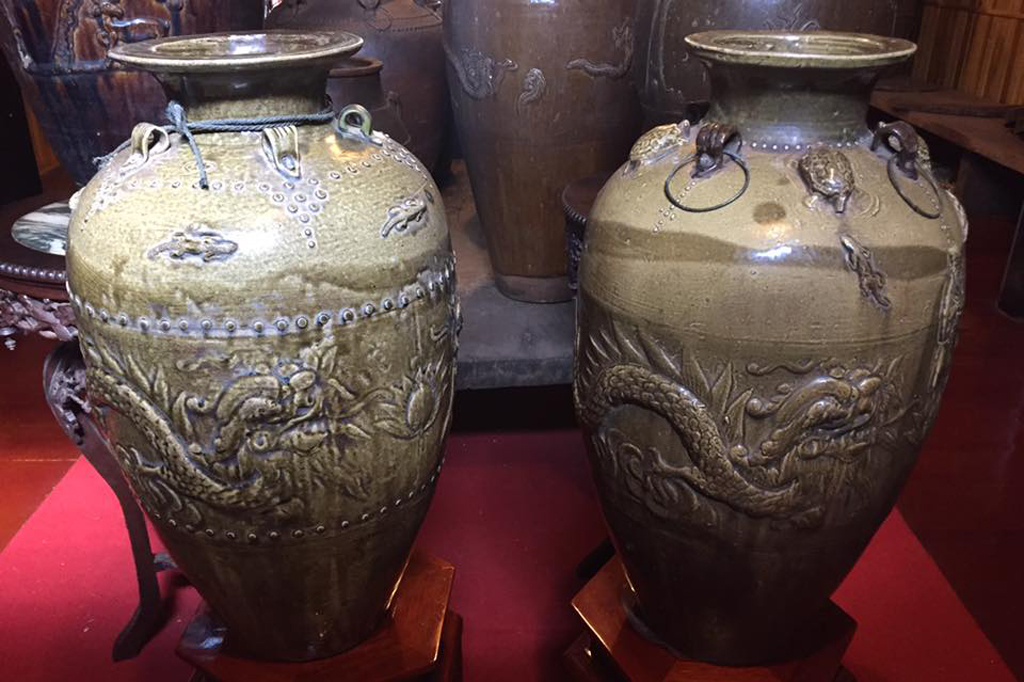















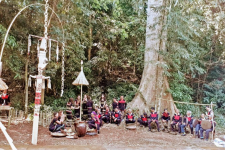
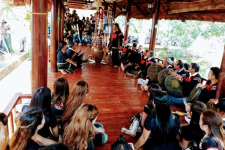
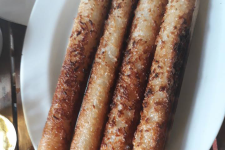
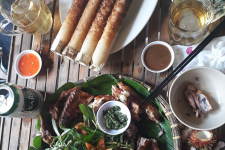
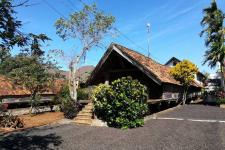
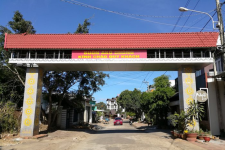
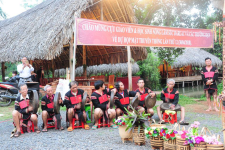

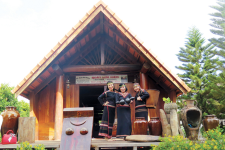
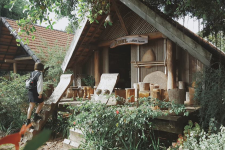
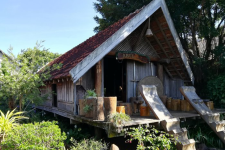
Price: Free
Phone: 090 985 44 34
Time to visit a place: 120 phút
Open Time: 7:00 AM - Close Time: 6:00 PM
Email: buonakodhong@gmail.com
Address: Buôn Akŏ Dhông, Tan Loi ward, Buon Ma Thuot city, Đắk Lắk privince
A village of Ede people outside Buon Ma Thuot City
Situated on the outskirts of Buon Ma Thuot City in the Central Highlands province of Dak Lak is a village of Ede ethnic people called “Ako Dhong” which came into being in 1956.
The village is around two kilometers from the center of Buon Ma Thuot City. To get there, we followed Phan Chu Trinh Street before making a left and going straight ahead for 300 meters and reaching the village at the end of Tran Nhat Duat Street.
In the past, Ako Dhong had nothing but forests. Ama H’rin, now the chief at the village, is one of the first people who had reclaimed the area and turned it into a new land for the Ede ethnic community.
According to the Ede elderly, “Ako” means upstream and “Dhong” means valley. Ako Dhong means the upstream valley.
Our first impression is that the roads, yards, gardens and houses in the village are clean and tidy. The main village road is lined by more than 30 houses with red tile roofs where more than 260 people live.
Inside the village, visitors can explore a strange banana species that has a huge trunk with fruits inside. According to local people, they do not breed the tree by its seedlings but its seeds.
On September 21, Ako Dhong villagers still preserve the traditions of making ruou can (wine stored in a big jar and drunk by using a long pipe), and weaving brocade. Especially, they preserve their traditional long houses.
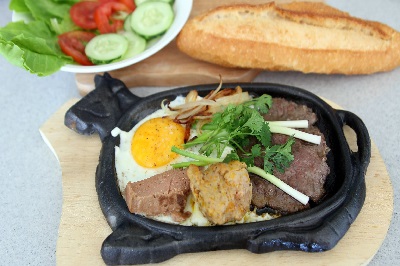
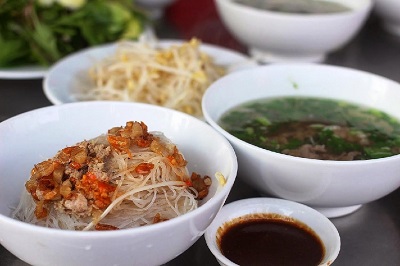
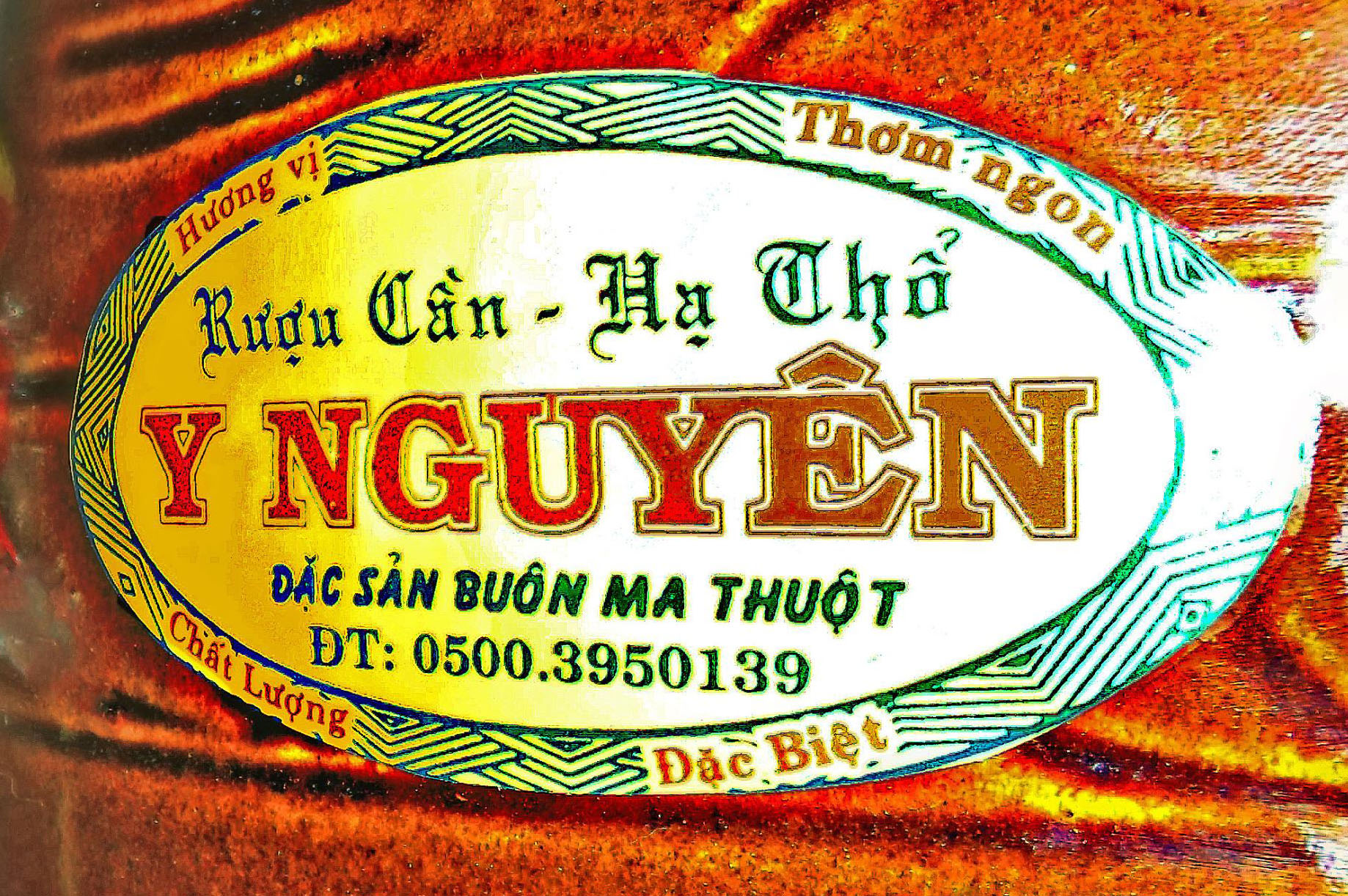

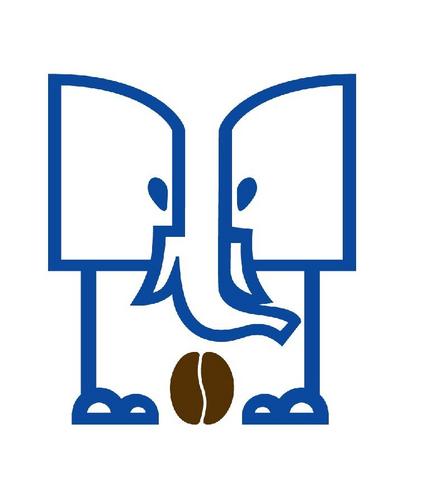
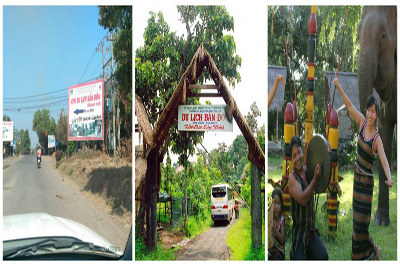
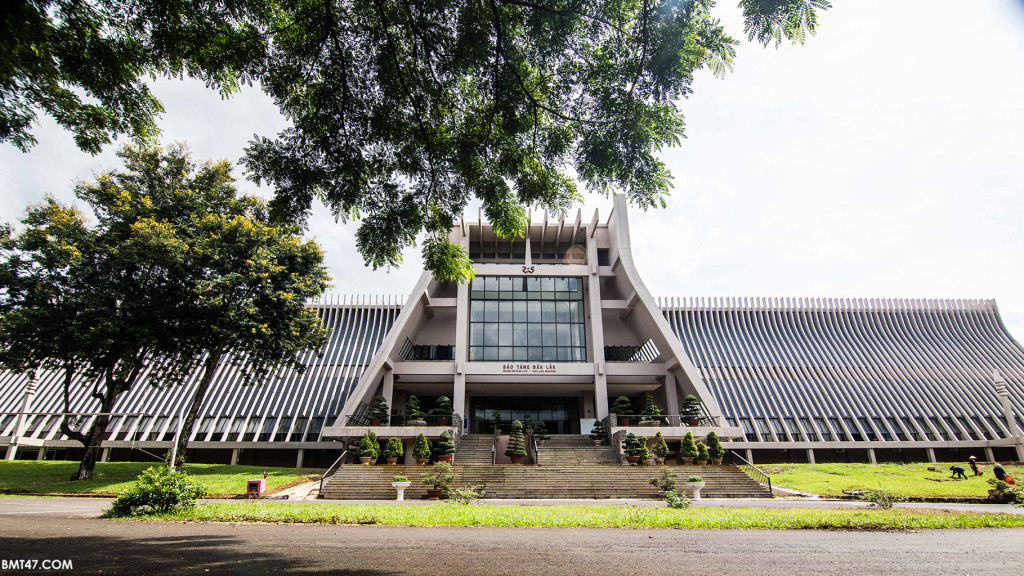

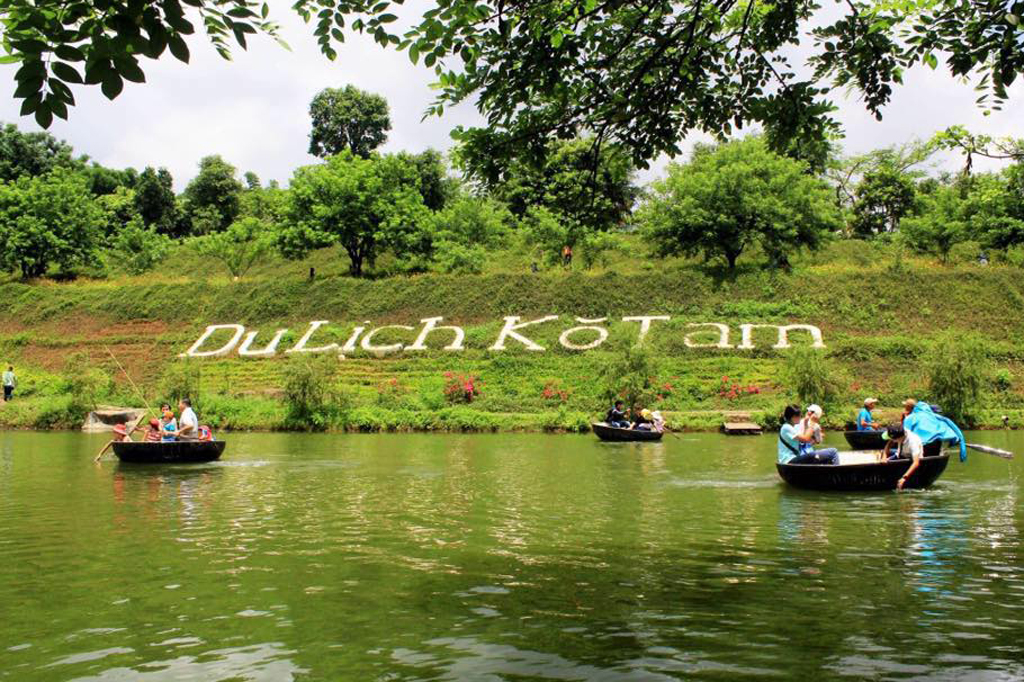
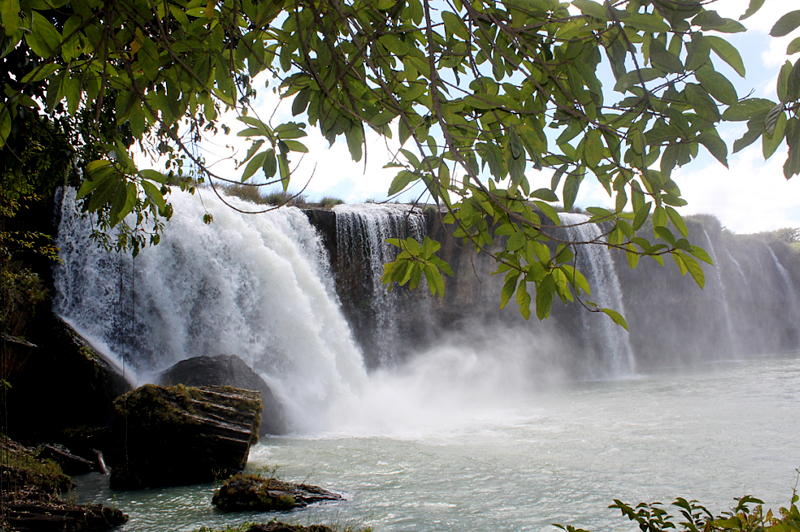
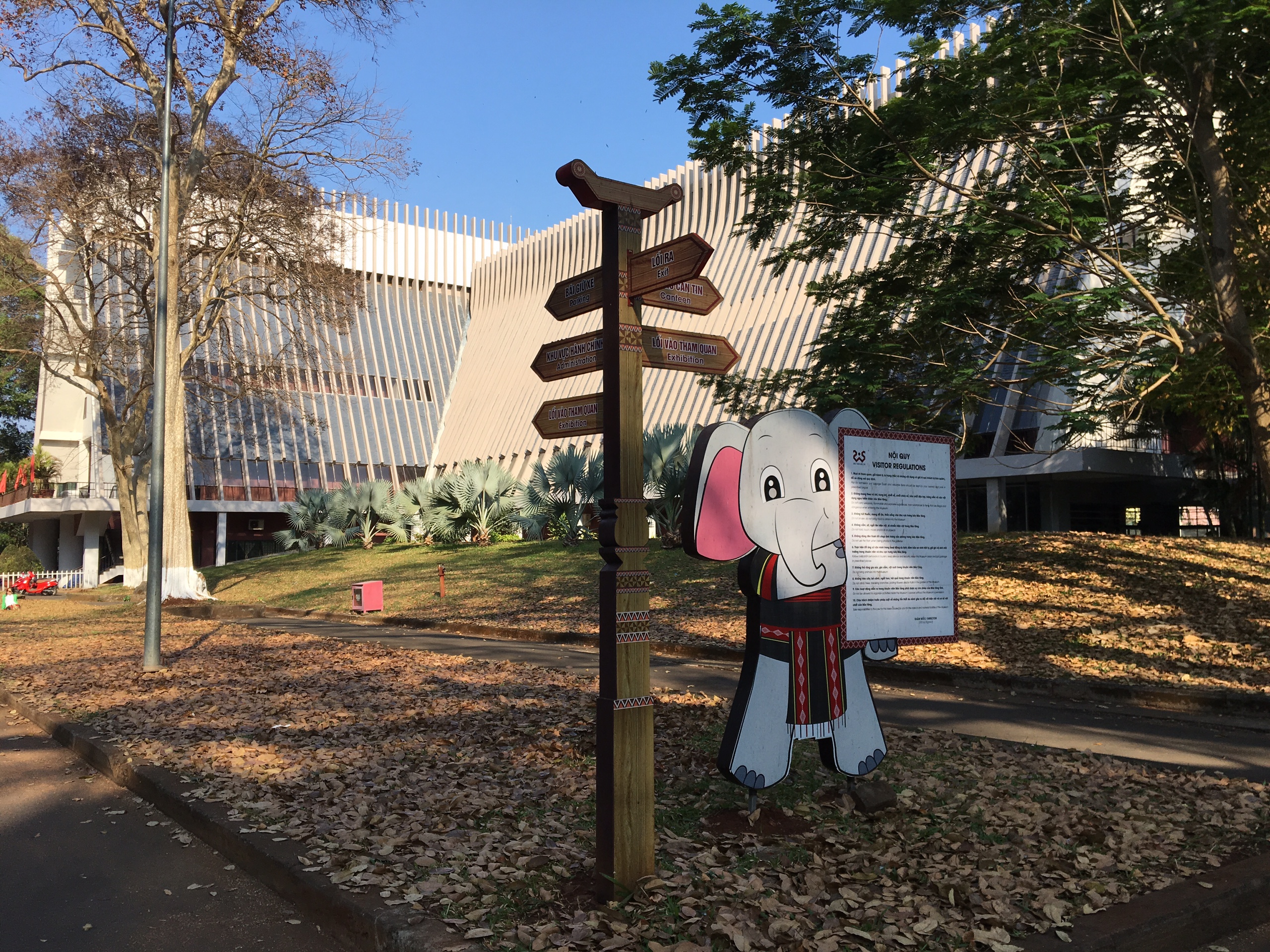
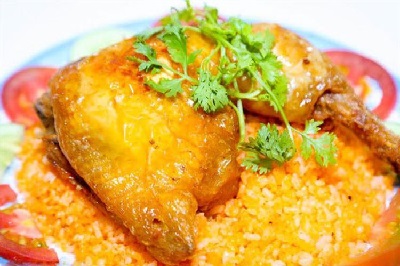
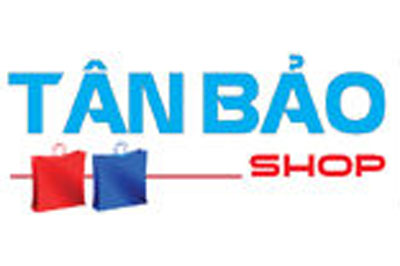
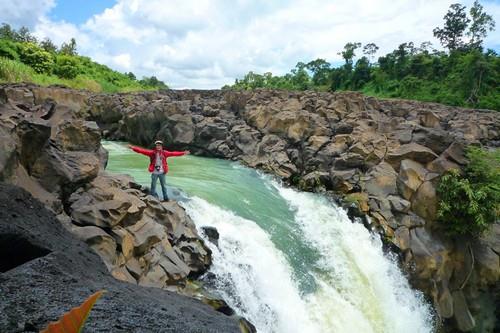
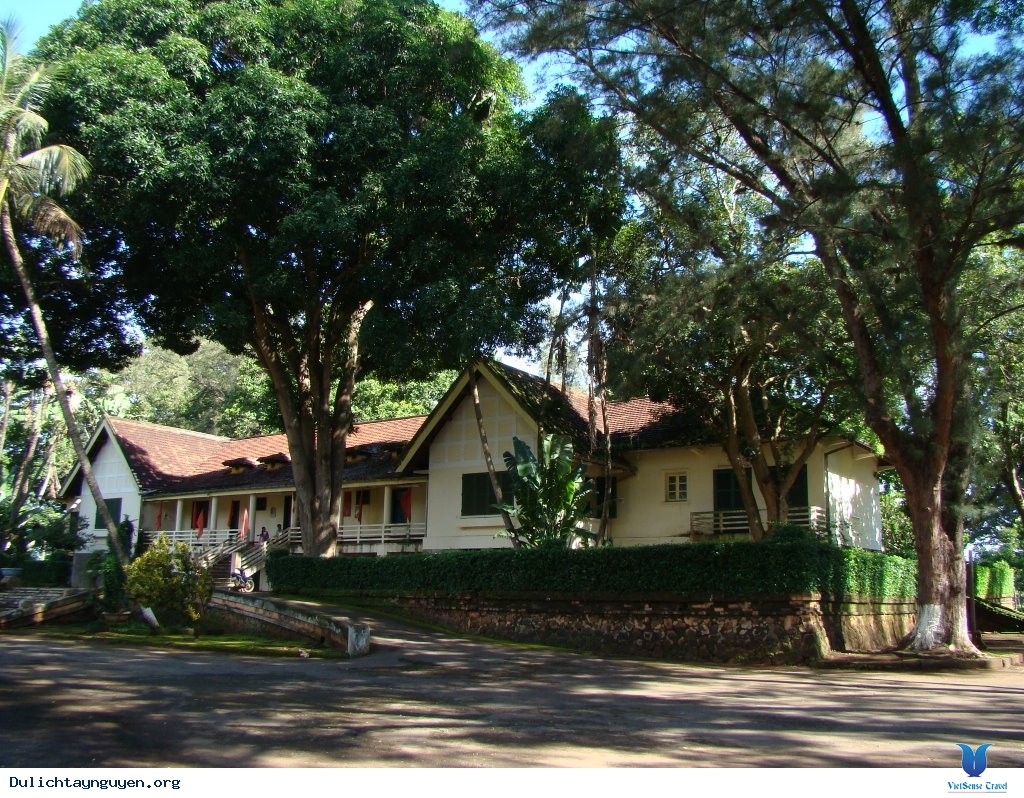
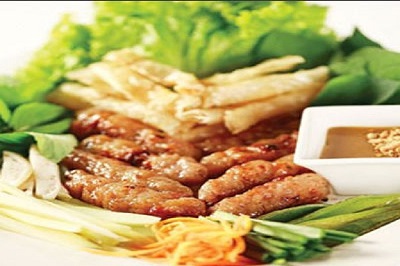
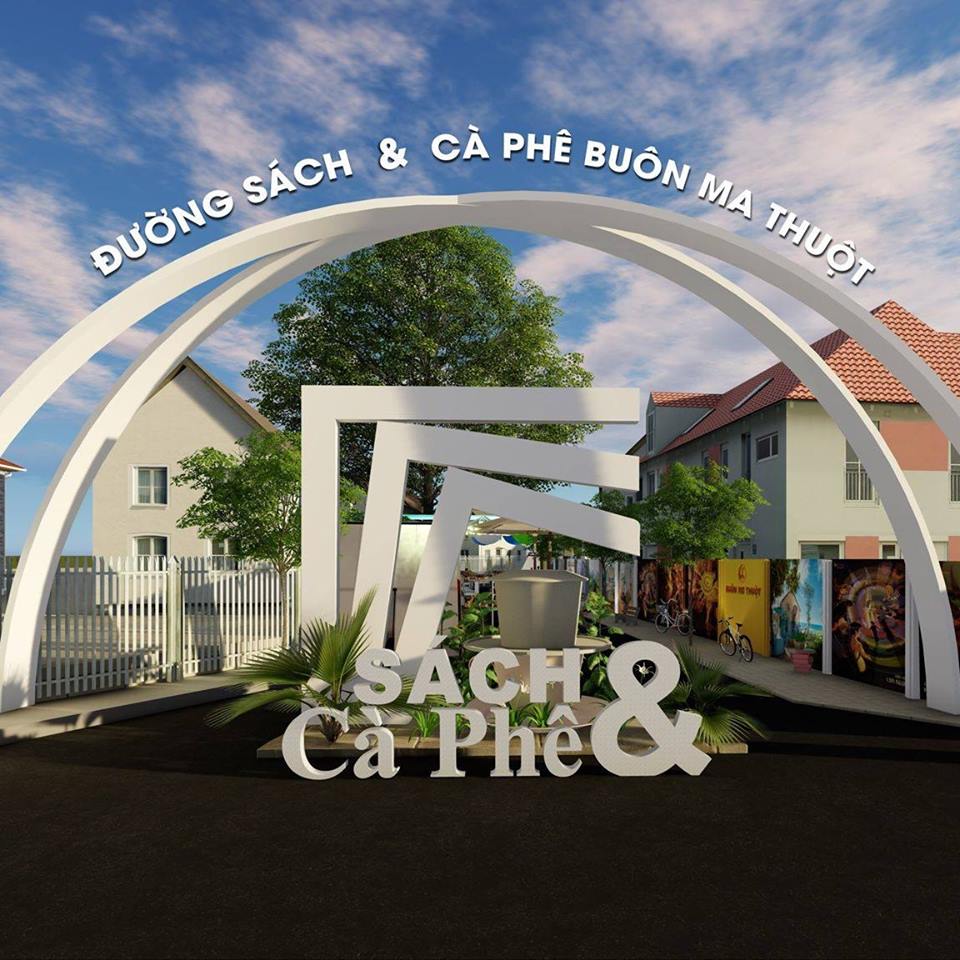
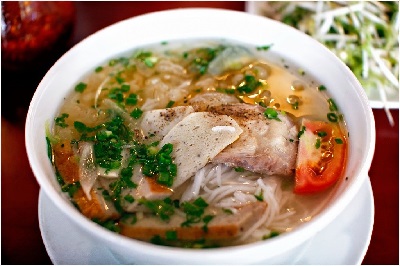
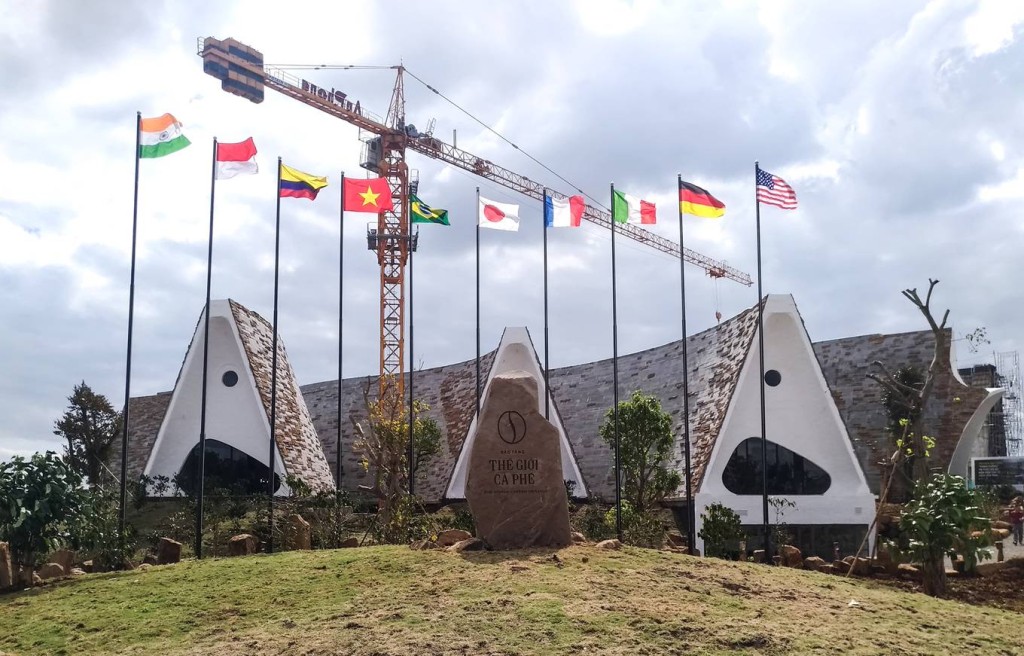

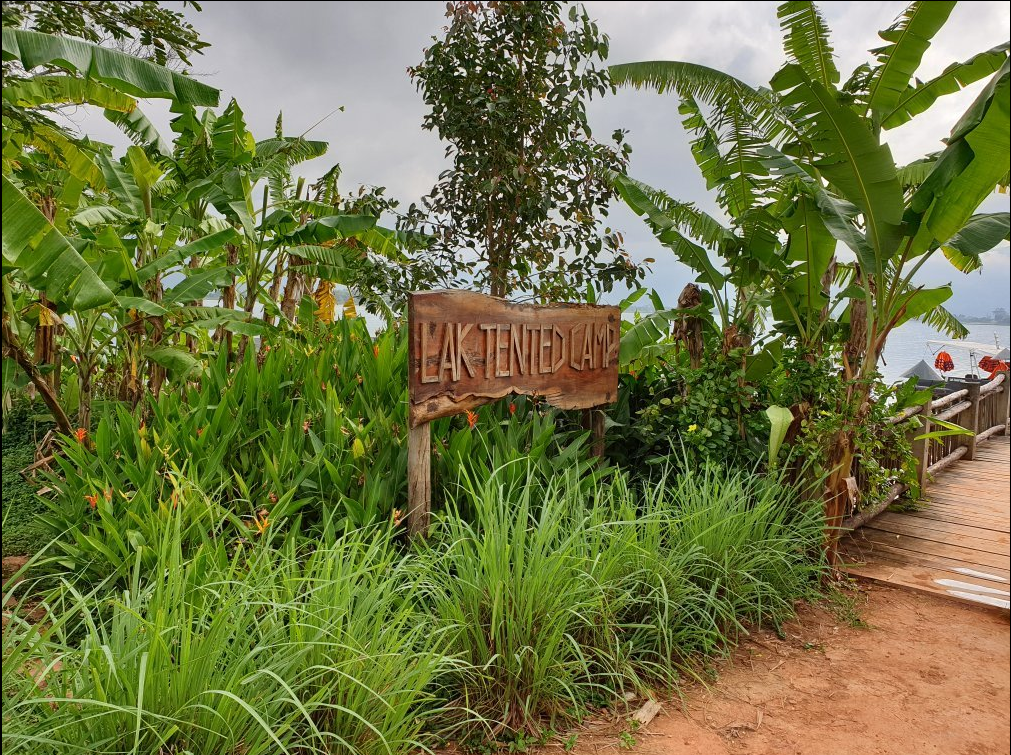

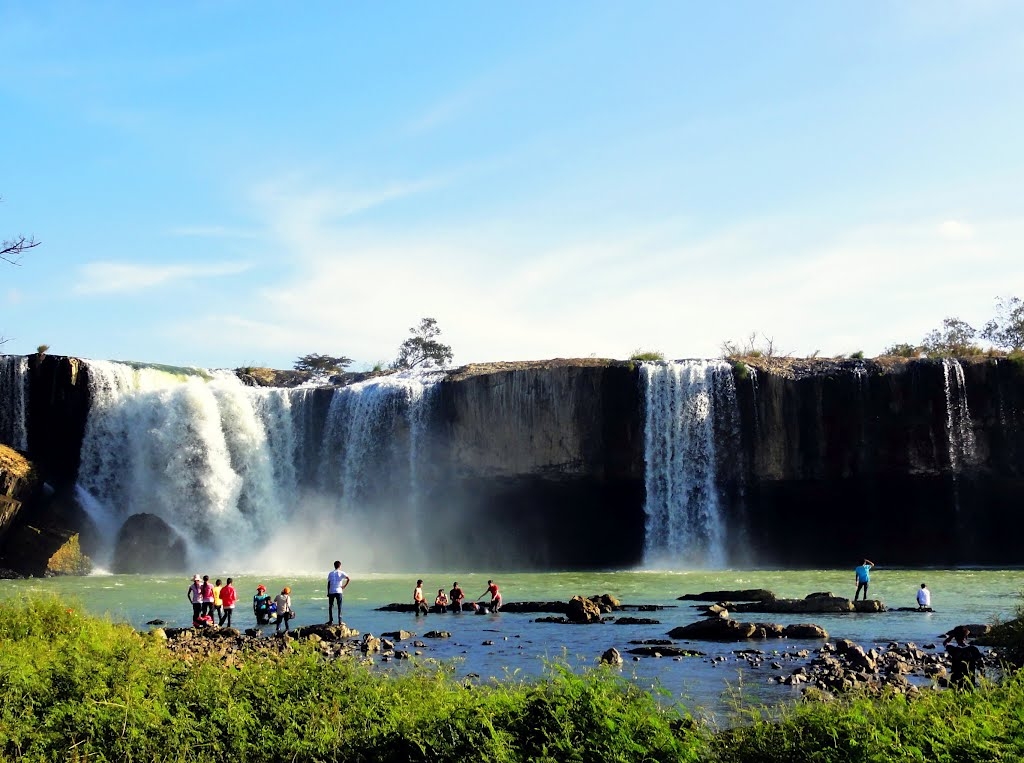

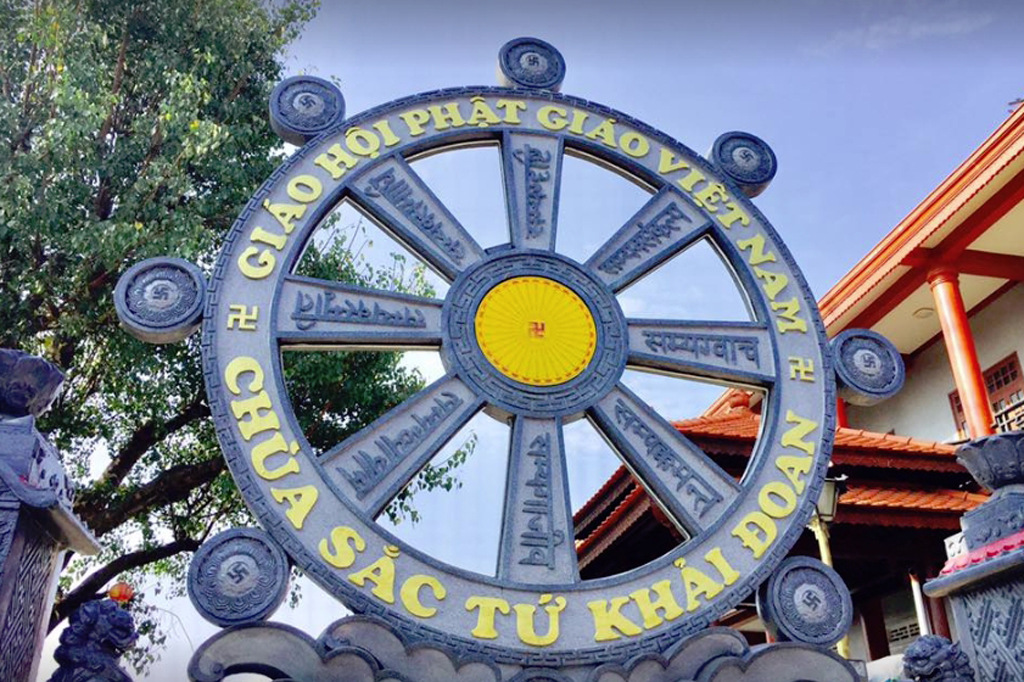

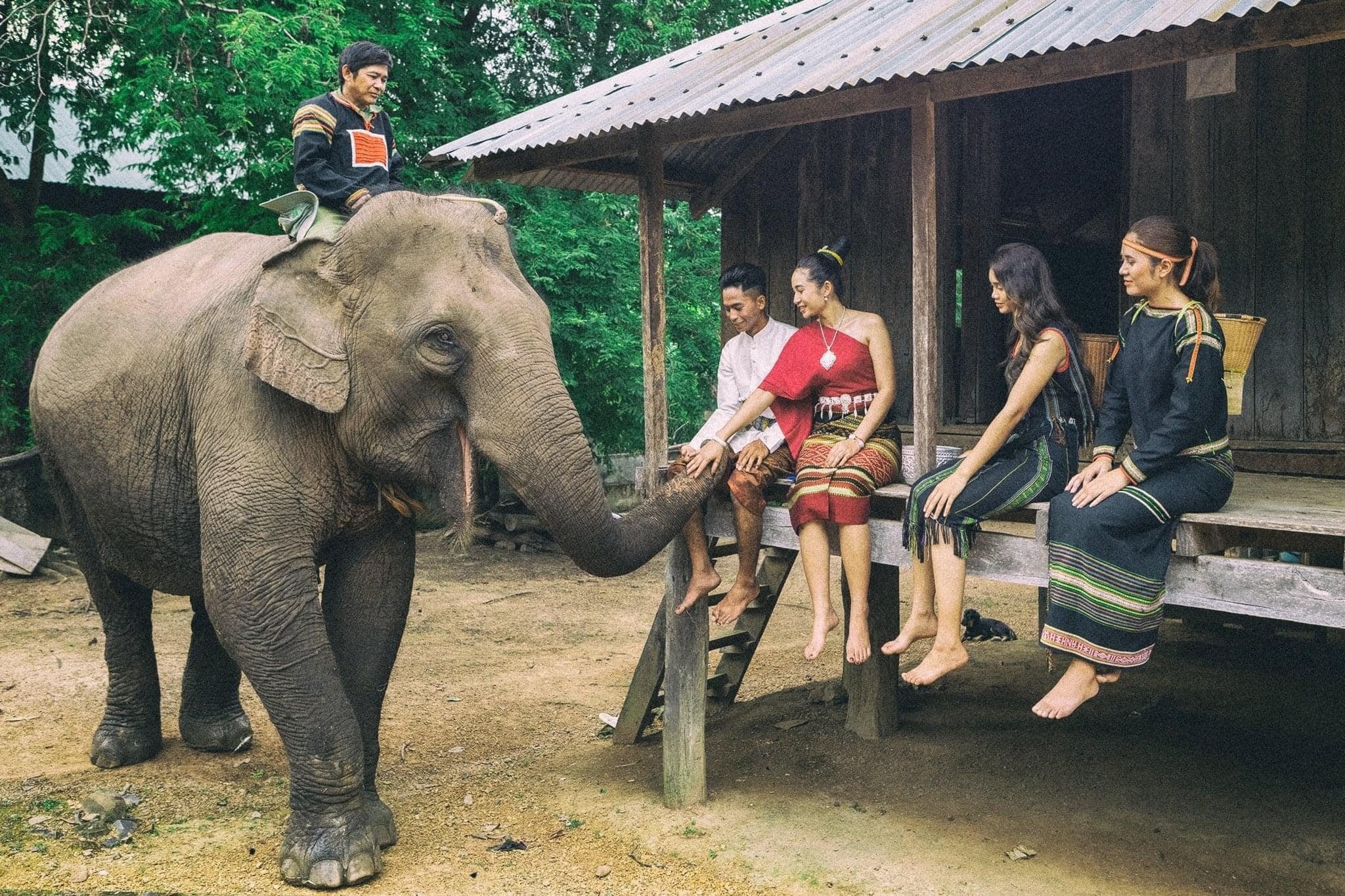
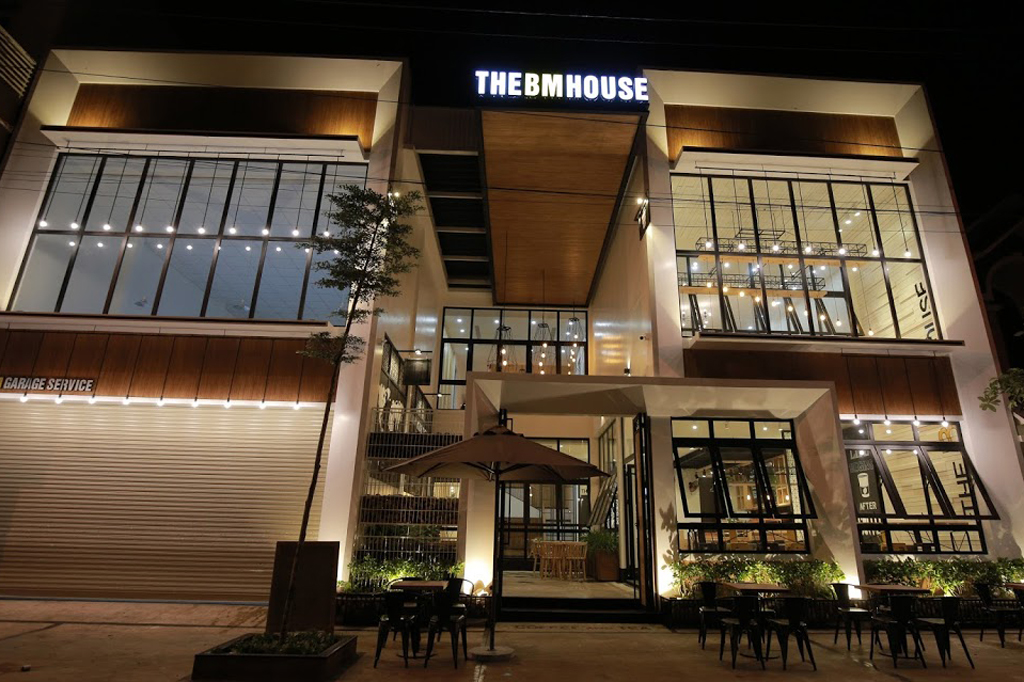
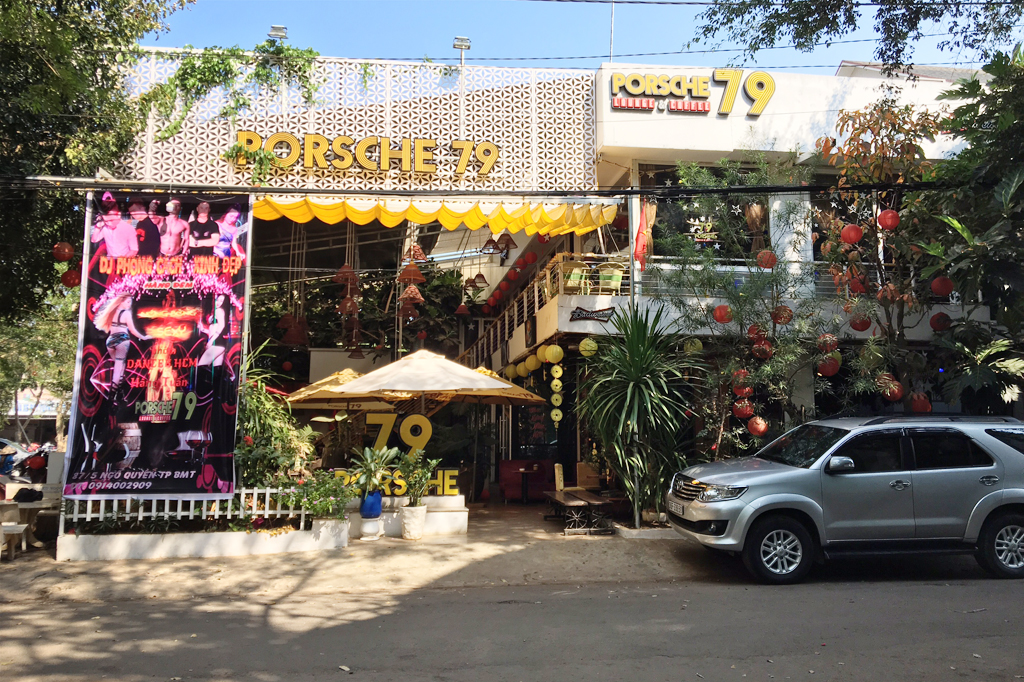

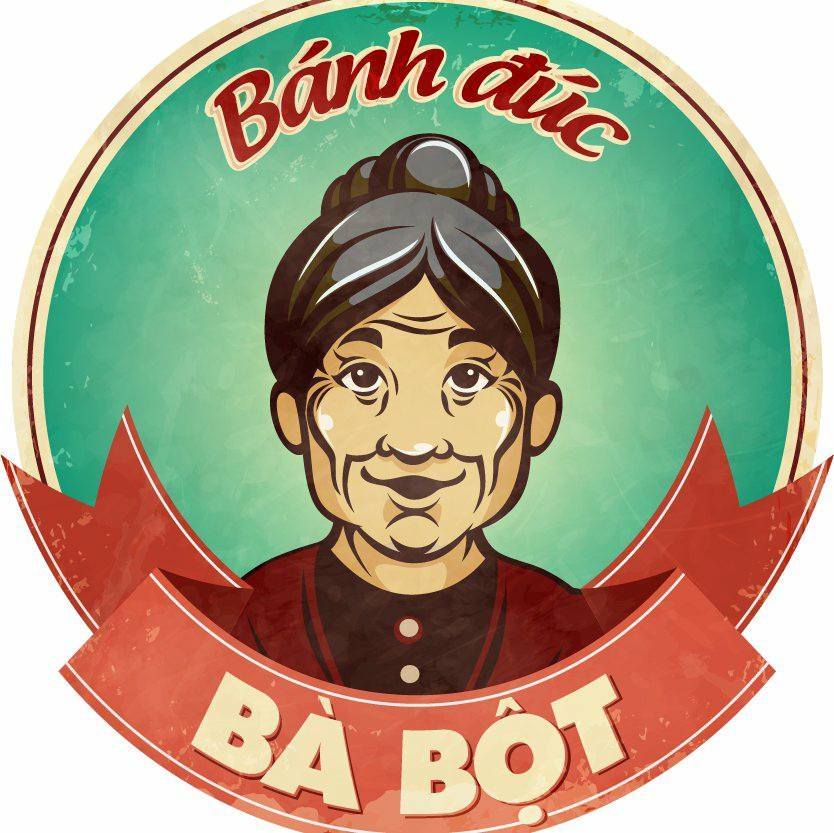

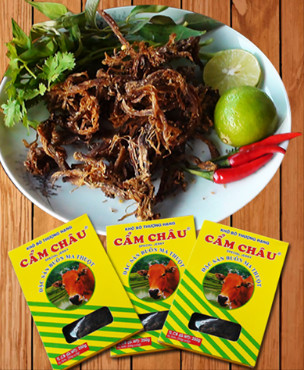
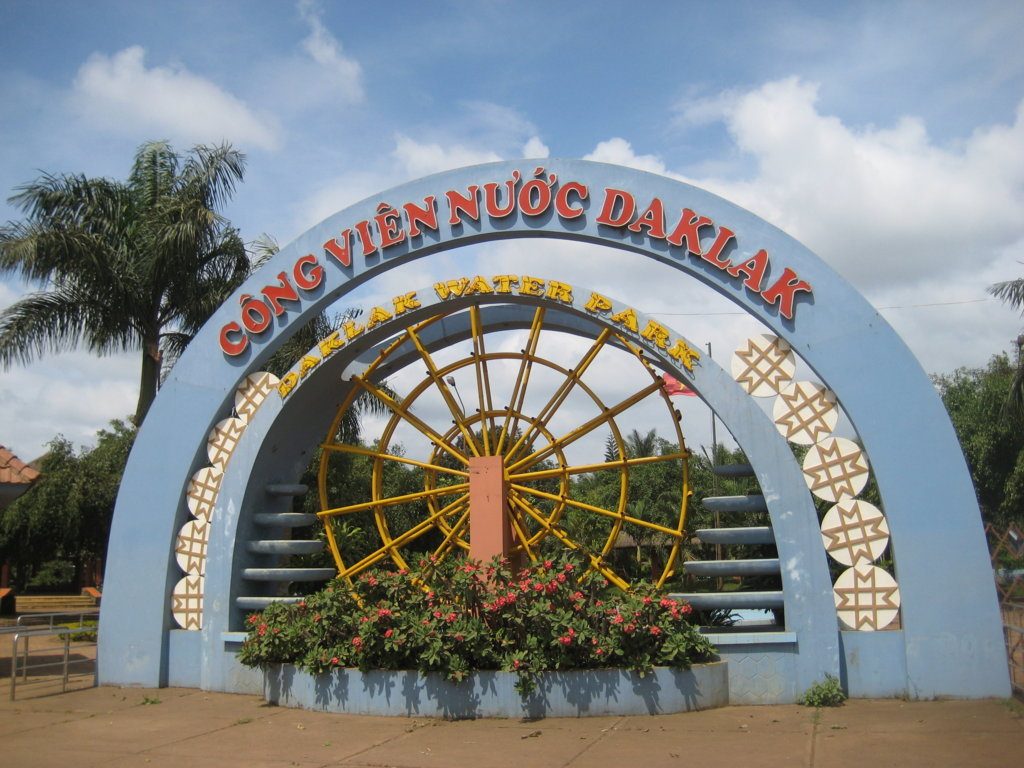
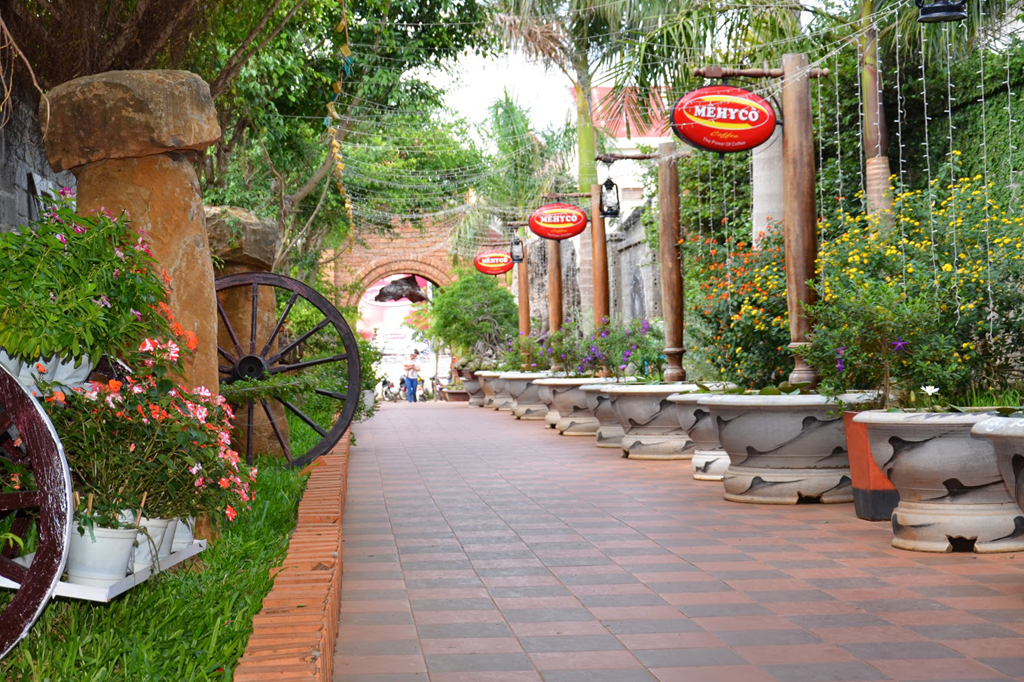

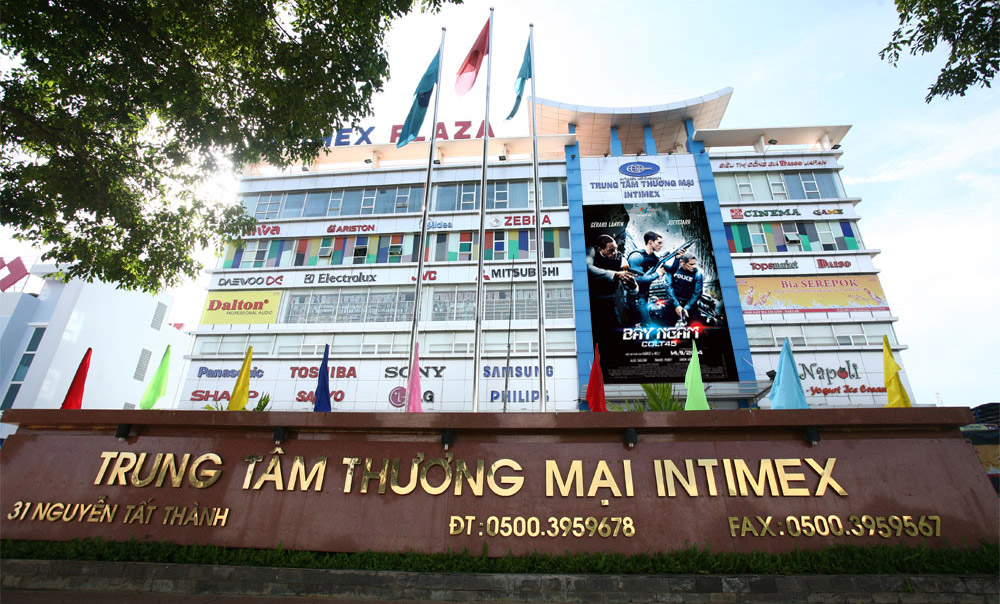
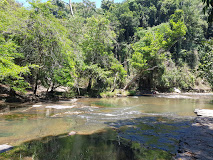
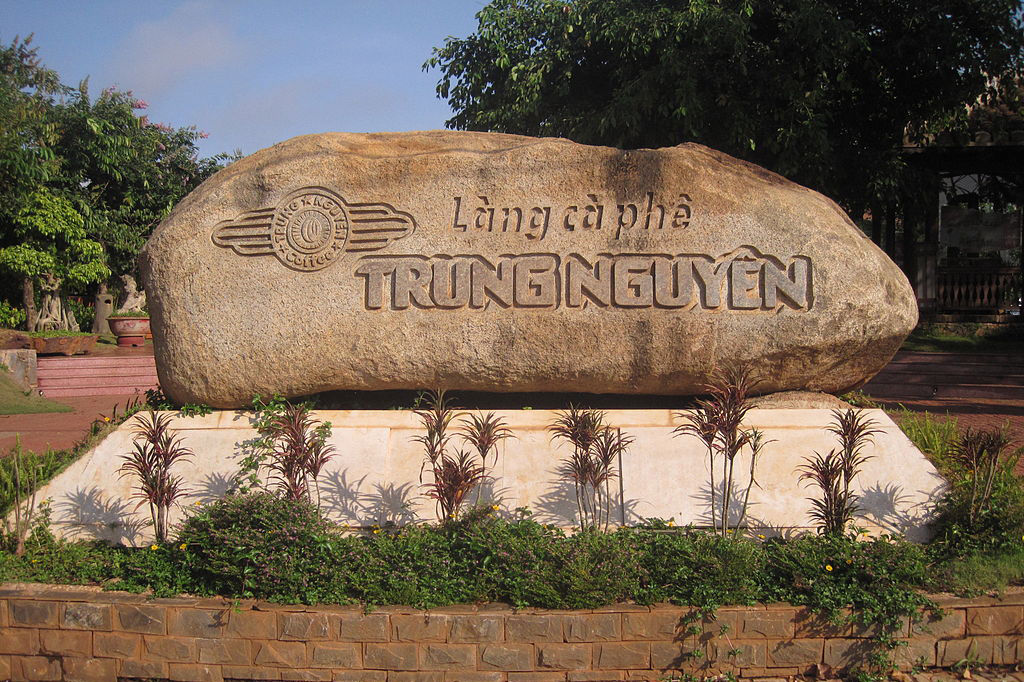
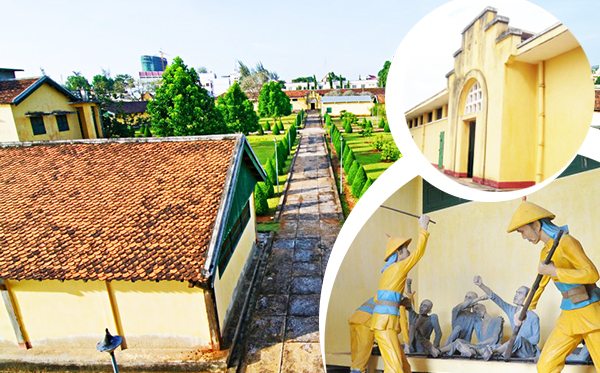




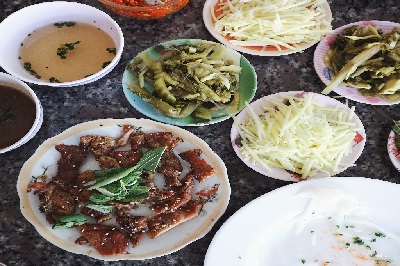





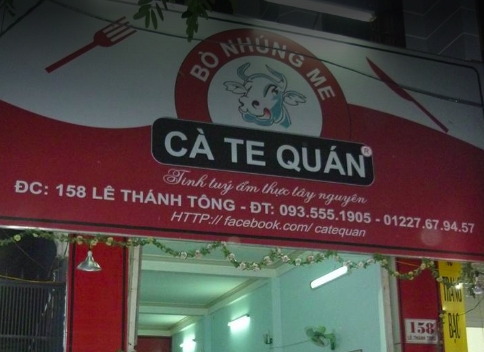

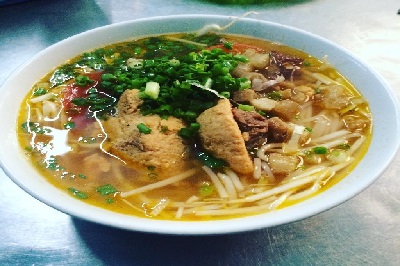
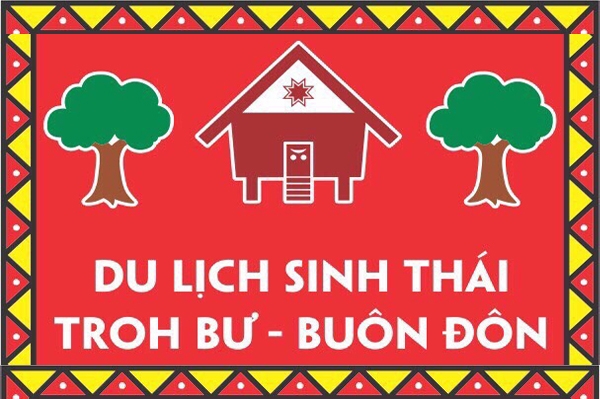


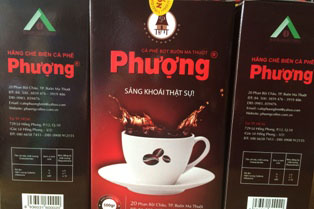
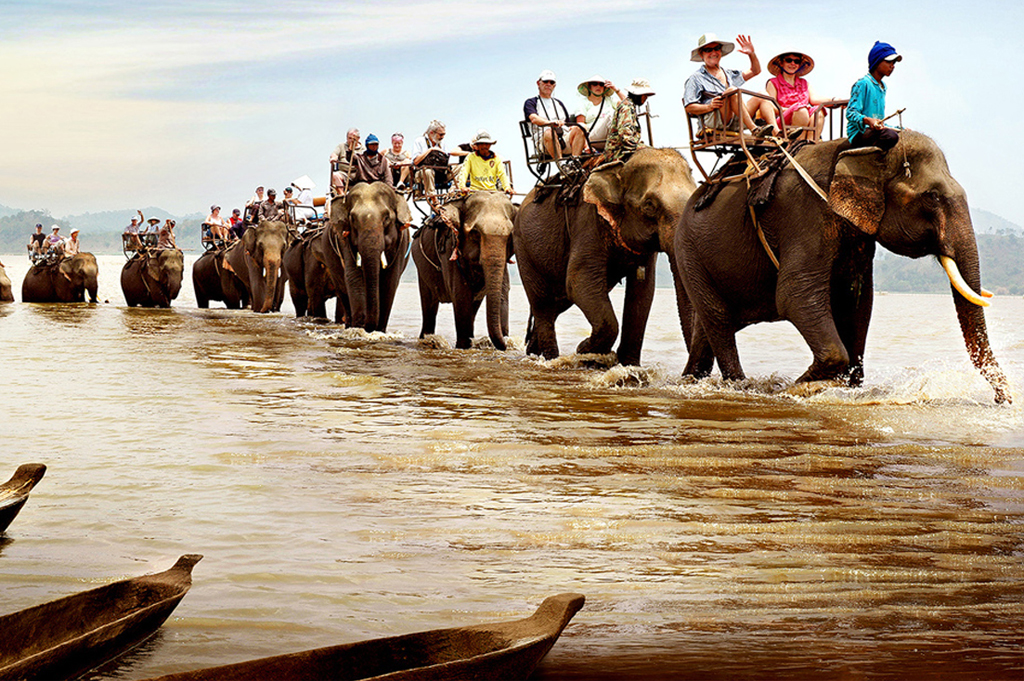
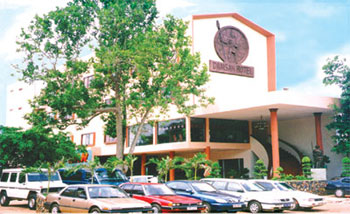
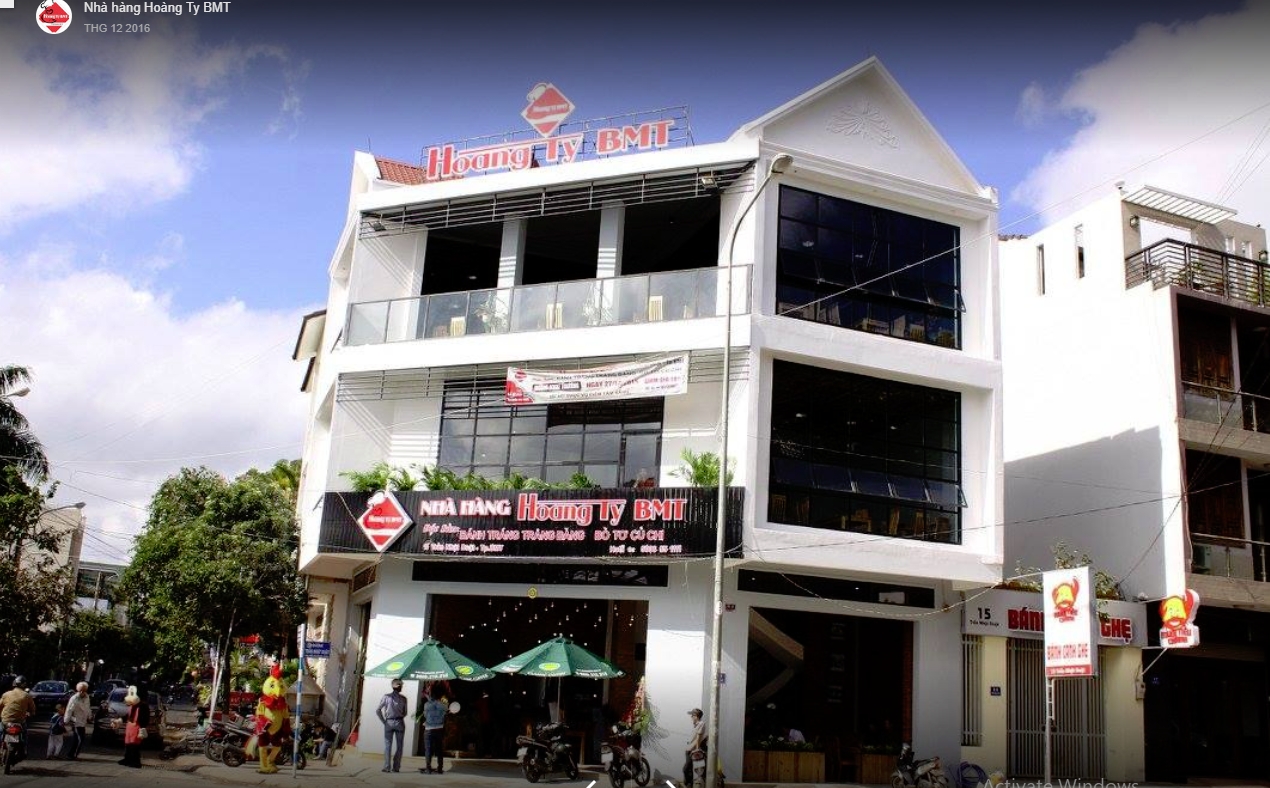
Distance: 1.07 km
Distance: 1.09 km
Distance: 1.17 km
Distance: 1.18 km
Distance: 1.19 km
Distance: 1.21 km
Distance: 1.21 km
Distance: 1.21 km
Distance: 220 m
Distance: 260 m
Distance: 380 m
Distance: 930 m
Distance: 930 m
Distance: 0 m
Distance: 510 m
Distance: 700 m
Distance: 1.28 km
Distance: 1.33 km
Distance: 1.68 km
Distance: 1.68 km
Distance: 1.68 km
Distance: 1.68 km
Distance: 1.68 km
Distance: 1.68 km
Distance: 1.69 km
Distance: 1.69 km
Distance: 2.34 km


